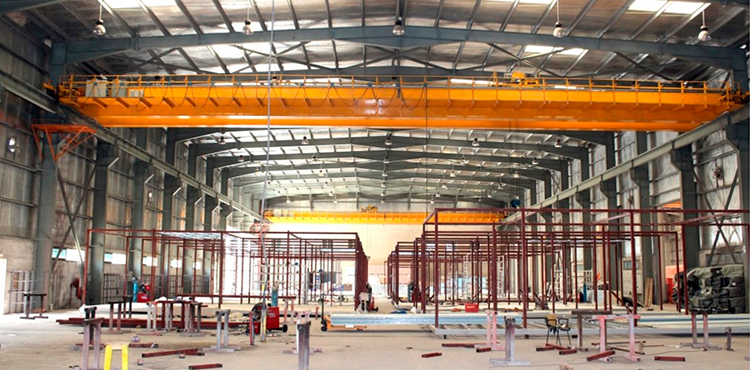
Speed of construction
The use of prefabricated components means that construction periods can be reduced compared with concrete construction. Benefits can be achieved by:
- Reduced site preliminaries (site management costs)
- Creation of a ‘rapid dry envelope’ for early fit-out
- Installation of modular or pre-fabricated services
- Earlier return of investment.
The time-related savings can represent up to 10% of the overall hospital project value and are crucial in the decision-making process for major projects.
Quality
Factory-controlled production is used to improve construction quality. Off-site construction reduces dependency on site trades and is less prone to delays as a consequence of inclement weather.
Steel does not suffer from creep or shrinkage, and does not rot or decay.
Modular components, such as bathrooms and ‘clean rooms’ achieve much greater levels of quality (compared to traditional on-site construction) and can be commissioned and/or tested off-site.
Minimized disruption
Minimum disruption is particularly important in inner city locations and where extensions to existing hospitals are to be constructed. Noise and disruption caused by the construction process can be reduced using steel construction by:
- Off-site prefabrication
- Reducing materials use and waste
- Minimizing noise, dust and vibrations
- Minimizing deliveries of materials to site
- Reducing the construction period.